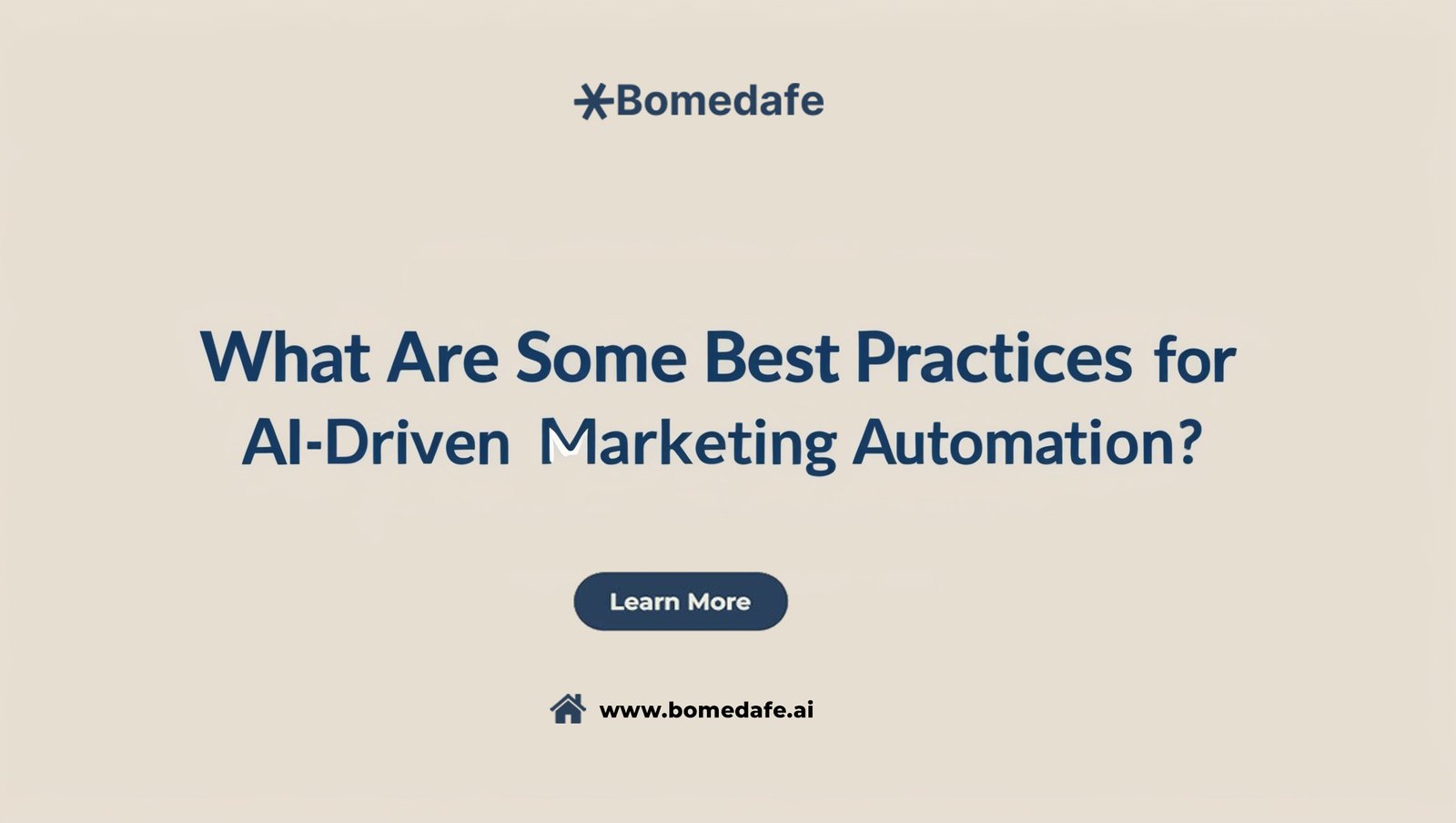AI and machine learning are revolutionizing data-driven marketing by enabling hyper-personalization at scale. Here’s a conversational guide on implementing these advanced techniques:
Understanding Hyper-Personalization
Hyper-personalization goes beyond basic segmentation to deliver highly tailored experiences for individual customers. It leverages AI and machine learning to analyze vast amounts of data and create uniquely personalized content, product recommendations, and interactions.
Key Components for Implementation
Data Collection and Integration
To get started with hyper-personalization, you need to gather and centralize your customer data:
“Hey marketing team, have we integrated all our customer touchpoints – website, mobile app, email, social media, and in-store data?”
“Great question! Yes, we’ve set up a customer data platform that pulls in data from all those sources. We’re now getting a 360-degree view of each customer’s interactions with our brand.”
AI-Powered Analytics
Once you have the data, AI can uncover deep insights:
“So how exactly is AI analyzing all this data?”
“Our machine learning models are constantly running to identify patterns in customer behavior, preferences, and purchase history. They’re looking at things like:
Products viewed and purchased
Content engagement
Email open and click rates
Time spent on different website sections
Responses to previous personalized campaigns”
Real-World Applications
Let’s look at some concrete ways to apply hyper-personalization:
Dynamic Website Content
“Can we customize our website for each visitor?”
“Absolutely! We’re using AI to dynamically adjust homepage content, product recommendations, and even pricing based on the visitor’s profile. For example, a customer who frequently buys outdoor gear will see camping equipment featured prominently, while a fashion-focused shopper might see the latest clothing trends.”
Personalized Email Campaigns
“How about our email marketing?”
“Our AI system now crafts individualized email content for each recipient. It considers factors like:
Past purchases
Browsing history
Preferred product categories
Typical time of engagement
So a customer who often browses running shoes but hasn’t purchased might receive an email showcasing new arrivals with a special discount code.”
Chatbots and Virtual Assistants
“Are we using AI for customer service too?”
“Yes, we’ve implemented an AI-powered chatbot on our website and mobile app. It uses natural language processing to understand customer queries and provide personalized responses. For instance, if a customer asks about order status, the bot can access their specific order details and provide real-time updates.”
Measuring Success
“How do we know if our hyper-personalization efforts are working?”
“Great question! We’re tracking several key metrics:
Conversion rates
Average order value
Customer lifetime value
Engagement rates (email opens, click-throughs, time on site)
Customer satisfaction scores
We’re seeing significant improvements across the board. For example, our personalized product recommendations have increased average order value by 15%.”
Continuous Improvement
“This all sounds great, but how do we keep improving?”
“That’s the beauty of AI-driven personalization – it’s always learning and adapting. Our models are continuously updated based on new data and campaign results. We also regularly A/B test different personalization strategies to optimize performance.”
By implementing these AI-driven hyper-personalization techniques, you can create more relevant, engaging experiences for your customers, ultimately driving better marketing results and stronger customer relationships
